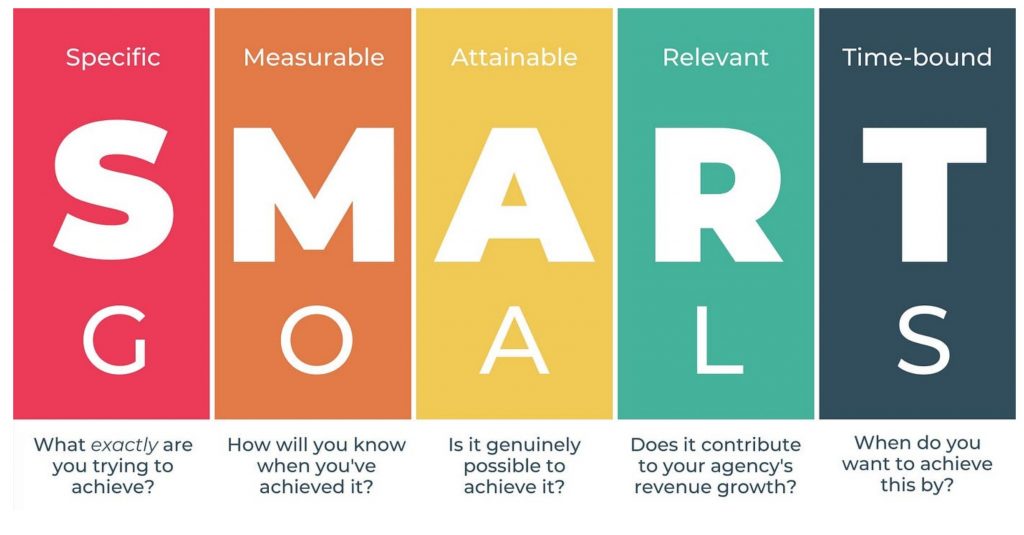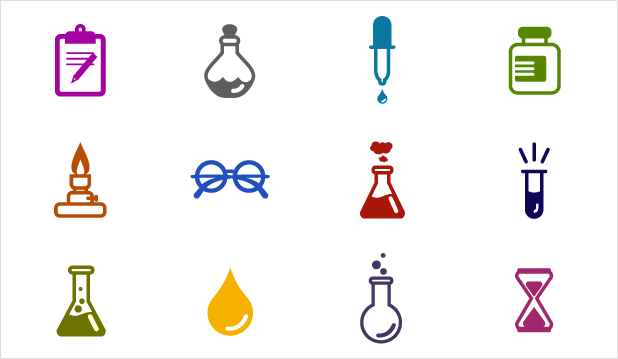In the world of project management, clarity is king (sounds cliched, but it is what it is). A well-defined pathway not only guides a project to successful completion but also keeps managers and team leaders safe from last-minute surprises.
That pathway is what you call a “project charter.”
It’s a document for outlining objectives, scope, and the roles and responsibilities of each participant.
Now, if you’re not acquainted with what a project charter in project management is – I’ve got you covered in this blog.
In this blog, we will explore the following aspects:
- What is a project charter?
- What is the use of a project charter in project management?
- Project charter vs project plan: What’s the difference?
- How to write a project charter?
- Real-life project charter examples
So, let’s get started.
What Is Project Charter?
“A project without a critical path is like a ship without a rudder.” – D. Meyer.
A project charter is a document that defines the scope, objectives, scope, resources, deliverables, constraints, key assumptions, and timeline of a project.
Think of a project charter as a formal document authorizing and outlining the project’s existence. It defines the “what,” “why,” and “how” aspects, serving as a foundational agreement between stakeholders and the project team. This concise document ensures everyone is aligned on:
- Project Objectives: What specific goals do you aim to achieve? Envision quantifiable deliverables and positive outcomes.
- Project Scope: What’s included and excluded? Clearly define boundaries to avoid scope creep and manage expectations.
- Key Stakeholders: Who are the crucial individuals and groups impacted by the project? Identify their roles and interests.
- High-Level Plan: Briefly outline the overall approach, including major milestones, resources, and timeline.
- Project Approvals: Secure formal authorization from decision-makers, legitimizing the project’s existence.
Related post – Project Initiation: A Guide to Start Your Project
What Is the Use of a Project Charter in Project Management?
Now, this is where you evidence how the magic kicks in. A well-crafted project charter unlocks several benefits:
Establishing Project Objectives & Scope
The project charter defines the project’s objectives, scope, and boundaries, ensuring a shared understanding among all stakeholders. It eliminates ambiguity and sets a clear path forward. This alignment is crucial for maintaining coherence in teams, especially in complex projects where misinterpretation can lead to costly deviations.
For example, a project charter for a website redesign project will look something like this –
- Project Charter: Website Redesign Project
- Objective: Improve user experience, increase conversion rate, enhance brand image
- Deliverables:
- Responsive website
- Modern design
- User-friendly interface
- Timeline: Six months
- Budget: $50,000
Want to know more about project scope? Read this article –
Project Scope: How to Define & Manage It Like a Pro
Providing Project Structure & Roles
The charter identifies key roles and responsibilities of each team member, stakeholder, and department involved in the project. This clarity is essential in avoiding overlaps and gaps in responsibilities, which can lead to inefficiencies and conflicts.
And it will probably save you from having similar scenes in the workplace like this –
Securing Stakeholder Buy-In
A well-crafted charter helps gain stakeholder buy-in and commitment. By identifying and documenting the roles, responsibilities, and interests of each stakeholder, the charter facilitates effective communication and collaboration.
This alignment is vital for maintaining stakeholder engagement and support throughout the project lifecycle.
Facilitating Risk Management
The charter also plays a critical role in risk management planning. By outlining the project’s assumptions, constraints, and high-level risks at the outset, the project team can prepare contingency plans and allocate resources more effectively. Needless to say, this proactive approach reduces the impact of unforeseen challenges.
Suggested read – Project Risk Assessment: All You Need to Know About
Laying the Foundation for Planning
Finally, the project charter serves as the pillar for detailed project planning. With high-level strategic direction outlined in the charter, you can develop comprehensive project plans that include schedules, budgets, resource allocations, and quality control measures
Project Charter vs Project Plan: What’s the Difference?
Assuming you have developed a fair understanding of “what is project charter,” let’s now talk about what a project plan is and how it is different from the other one.
While similar in some cases, these documents aren’t interchangeable. The main difference between a project charter and a project plan is the level of detail and specificity.
Consider the project charter as a high-level overview – the “executive summary,” while the project plan dives deeper — providing a detailed roadmap with specific tasks, schedules, and resources. The charter authorizes the project, while the plan guides its execution.
To avoid confusion, I think of them like the “what” versus the “how” distinction.
Another difference between a project charter and a project plan is the purpose and audience. A “charter” is a document that authorizes and legitimizes the project, while a “plan” is a document that guides and controls it.
A project charter is mainly intended for the project sponsor and the senior management, who provide the approval and support for the project. However, the project plan is mainly intended for the manager and the team who execute and deliver the project.
How to Write a Project Charter?
Writing a project charter is not a difficult task. Regardless, it requires careful planning and analysis. A charter should be clear and concise and cover all the essential elements of a project.
I’ll help you create one for your team. Here are some steps and tips –
Step 1: Define the Project Purpose & Scope
Start with a clear statement of the project’s purpose. Why is the project being undertaken? What business need or opportunity does it address?
Following this, articulate the project objectives. These should be specific, measurable, achievable, relevant, and time-bound (SMART). Each objective should clearly articulate a desired outcome, how success will be measured, and the timeframe for achieving it.

(Image Source: Medium)
Step 2: Identify the Project Stakeholders & Roles
List the key stakeholders, including the project sponsor, project manager, team members, and any other parties with a vested interest in the project. Clearly define the roles and responsibilities of each stakeholder, ensuring everyone understands their part in the project.
This clarity is crucial for effective collaboration and accountability unless you want everyone in the team asking you –
Step 3: Outline High-Level Risks, Assumptions, & Constraints
Identify any potential risks that could impact the project, as well as assumptions that are being made at the outset. Also, list any constraints that may affect the project, such as budgetary limitations, time constraints, or resource availability. It’s a good idea to acknowledge these factors early on to better plan for risk mitigation and managing expectations.
Step 4: Include Preliminary Budget & Resource Estimates
Provide an estimated timeline and budget for the project. You can refine these estimates as the project plan is developed, but setting initial expectations helps in aligning resources and gaining organizational support. Be realistic in these estimations to avoid setting unattainable goals.
Suggested post: 15 Best Resource Management Software & Tools Of 2024
Step 5: Review & Approve the Project Charter
Check the project charter for accuracy, completeness, and consistency, and make sure it covers all the relevant information. Seek feedback from stakeholders and incorporate any changes or suggestions. You should also get formal approval and sign-off from the project sponsor and the senior management and distribute the charter to the team.
? Pro Tip: Creating a project charter becomes a seamless process when you use reliable project management software to simplify collaboration, resource planning, risk management, etc.
Real-Life Project Charter Examples
So, now that you know how to create a project charter, you may still wonder how it looks in real life.

(Image created using DALL-E)
To illustrate how a project charter translates theory into practice, let’s explore a couple of hypothetical examples across different industries.
Example 1: Software Development Project
Purpose Statement: To develop and launch a new project management software that integrates task scheduling, team collaboration, and real-time analytics to improve project efficiency for small to medium-sized businesses.
Objectives:
- To design a user-friendly interface that caters to non-technical users, ensuring ease of navigation and functionality.
- To implement advanced analytics features that provide actionable insights into project performance, resource allocation, and deadline adherence.
- To complete the beta version of the software within 9 months, followed by a 3-month testing phase with selected clients.
Scope:
- Inclusions: Requirement analysis, software design, coding, testing, and deployment.
- Exclusions: Post-launch marketing activities and customer support services.
Stakeholders and Roles:
- Project Sponsor: Chief Technology Officer
- Project Manager: Senior Software Development Manager
- Team Members: Software Developers, UI/UX Designers, Quality Assurance Testers
Governance:
- Weekly project status meetings with the project team.
- Bi-weekly steering committee meetings with stakeholders for major decisions and milestone reviews.
Budget and Resources:
- Preliminary budget set at $500,000, covering personnel costs, software licenses, and testing infrastructure.
- Key resources include a dedicated team of 10 software developers, 3 UI/UX designers, and 2 QA testers.
Risks:
- Potential delays due to unforeseen technical challenges.
- Risk of underestimating the time required for user testing and feedback incorporation.
- Approval Signatures: Required from the CTO and the Finance Director.
Example 2: Office Relocation Project
Project Purpose: To relocate the company headquarters to a larger, more strategically located office space to accommodate growth and enhance operational efficiency.
Objectives:
- Complete the relocation with minimal disruption to business operations.
- Ensure the new office is fully operational within 2 weeks of relocation.
- Stay within the allocated budget of $500,000.
Scope:
- Included: Identification and leasing of new office space, design and fit-out of the new office, coordination of the physical move, and setup of IT infrastructure.
- Excluded: Hiring of new staff as a result of the move, disposal of old office furniture and equipment, and changes to company operational policies.
Stakeholders:
- Project Sponsor: CFO
- Project Manager: Jane Smith
- Internal Departments (IT, HR, Operations)
- Moving Company
- Office Fit-Out Contractor
Authority:
- The project manager has the authority to negotiate contracts within budgetary limits, make decisions on office layouts, and coordinate the move schedule.
Risks and Constraints:
- Risks: Delays in office fit-out and unexpected downtime during the move.
- Constraints: Must be completed within a $500,000 budget; relocation must occur over a weekend to minimize business disruption.
Timeline and Budget:
- Timeline: 6 months from planning to move-in.
- Budget: $500,000 covering all relocation expenses.
Success Criteria:
- Seamless transition to the new office without significant operational disruptions.
- All systems operational, and staff settled within 2 weeks of the move.
Create Professional Project Charters With ProProfs Project
A project charter isn’t just a document; it’s a blueprint for success. It sets clear expectations, establishes boundaries, and empowers project managers to lead with authority. Remember, clear communication and proactive planning are keys to project charter excellence.
But there’s something else that works as the master key to unlock project excellence. Yes, you guessed it right – you need a professional project management solution.
As someone involved in testing various software solutions, I’m currently using ProProfs Project. Its easy-to-use interface clearly hints at its focus on catering to startups and SMBs. The software offers templates, collaboration features, and customization options at an affordable price.
Talking of price, apart from being fairly affordable, ProProfs Project also offers a 15-day free trial to let you test it before buying. This is something you should follow as a rule of thumb, no matter which software you choose – always test it first.
FREE. All Features. FOREVER!
Try our Forever FREE account with all premium features!





